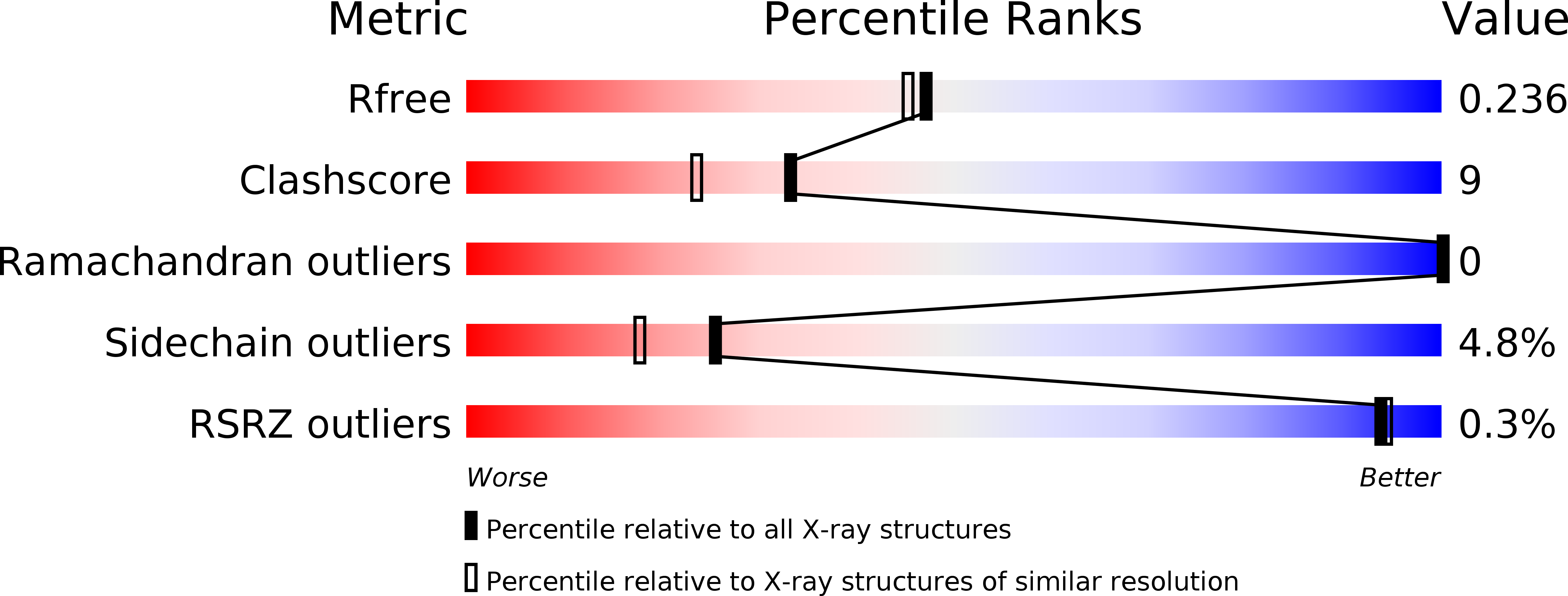
Deposition Date
2010-09-30
Release Date
2011-07-20
Last Version Date
2023-11-01
Method Details:
Experimental Method:
Resolution:
2.05 Å
R-Value Free:
0.23
R-Value Work:
0.18
R-Value Observed:
0.18
Space Group:
P 43


